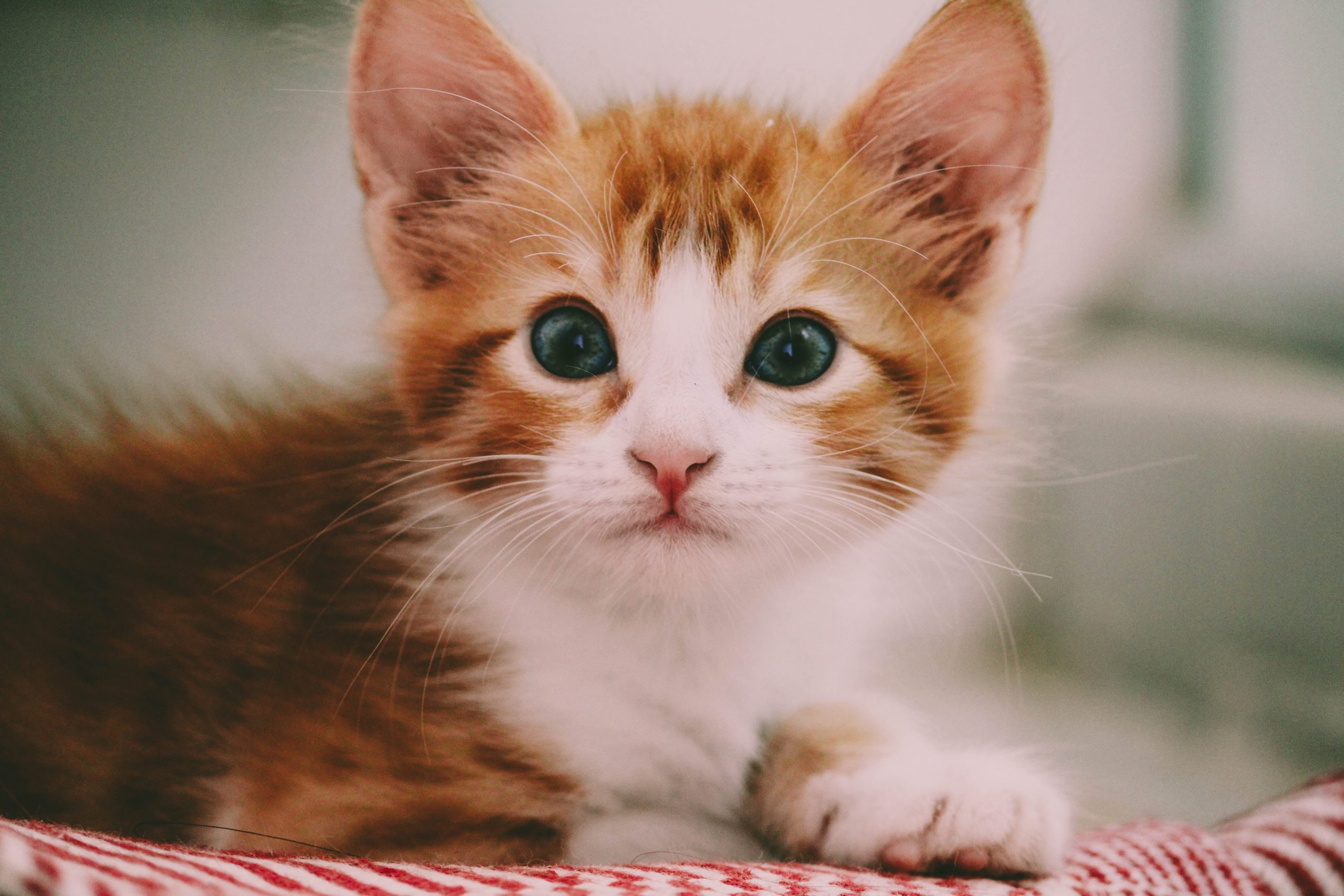Cats possess a mysterious and captivating nature, part of which can be attributed to their complex memory capabilities. Their ability to remember has fascinated scientists and cat lovers alike, leading to numerous studies and observations about how cats interact with their environment, humans, and offspring. Understanding cats’ memories sheds light on their social behaviors, learning processes, and emotional lives. It challenges common misconceptions and reveals how deeply cats can form bonds and navigate their world. This exploration into feline memory will unveil seven fascinating facts, from their ability to remember their kittens to the intricate ways they navigate their environment, demonstrating the profound depth and sophistication of their cognitive functions. These insights deepen our appreciation for these enigmatic creatures and enhance our approach to caring for and understanding them.

1. Long-Term vs. Short-Term Memory
Cats have a remarkable long-term memory, especially when remembering important people and locations. Unlike their short-term memory, which lasts about 16 hours, a cat’s long-term memory can hold information much longer, provided it’s significant to them. This distinction is crucial for understanding how cats navigate their relationships and environment. For instance, cats can remember their human companions and their homes after long periods of absence, which is a testament to the strength and persistence of their long-term memory. This ability enables them to maintain strong bonds with their caregivers and confidently navigate their homes and neighborhoods.
2. Recognition of Their Kittens
Cats can remember their kittens, but this is primarily influenced by the length of separation and the context of their relationship. While a mother cat will recognize and care for her kittens during their early life, the strength of this memory over time can vary. If separated while the kittens are still young and reunited later, the mother may not always exhibit recognition. This is not to say they forget their offspring entirely; instead, the social bonds they form are based on current interactions rather than solely on memories. This aspect of feline memory highlights the complexity of their social relationships and the factors that influence their recognition and bonding processes.
3. Spatial Memory
Cats excel in spatial memory, which is remembering and navigating their environment. This skill is essential for their survival, allowing them to locate food sources, identify safe hiding places, and navigate complex territories. Studies have shown that cats can remember their home’s layout and the furniture’s location and even navigate mazes. This spatial awareness is critical to their cognitive abilities, enabling them to move confidently and efficiently in their environment. It also affects their hunting behavior, as they remember where prey will likely be found.
4. Associative Memory
Cats possess associative memory, which means they can remember experiences based on associations with other events or sensations. For example, they can associate the sound of a can opener with feeding time or recognize their carrier as a precursor to a vet visit, often leading to hiding or anxiety. This ability to form associations helps cats learn from their environment and adapt their behavior based on past experiences. It’s a testament to their ability to learn and make connections, a fundamental aspect of their memory and cognitive processing.
5. Social Memory
Cats have a selective social memory, meaning they remember and form bonds with those with whom they interact positively. This particular memory plays a crucial role in how they interact with humans and other animals. Cats can remember individuals who treat them well and those who do not, which influences their behavior towards people and other pets in the household. This ability to recognize and differentiate between social partners demonstrates the depth of their social cognition and the importance of positive interactions in forming lasting bonds.
6. Fear Memories
Cats have a strong memory for traumatic or fearful experiences, which can affect their behavior. This type of memory serves as a protective mechanism, helping them avoid dangerous situations in the future. However, it also means that negative experiences, such as abuse or accidents, can lead to long-term behavioral changes and phobias. Understanding the impact of fear memories on cats underscores the importance of gentle, positive reinforcement training and handling and providing a safe and nurturing environment for them.
7. Training and Tricks
Despite common misconceptions, cats can learn various tricks and commands thanks to their memory capabilities. Cats can remember specific commands and perform tasks with patience and positive reinforcement. This ability to learn and remember training demonstrates their memory capacity and potential for engaging in complex behaviors when motivated, typically through treats or affection. Training sessions also strengthen the bond between cats and their owners, showcasing the practical applications of their remarkable memory.
The memory of cats is a fascinating aspect of their cognitive abilities, revealing a depth and complexity to their behaviors and social interactions that is often underestimated. From their remarkable long-term memory and spatial awareness to their ability to form lasting social bonds and learn from their experiences, cats demonstrate sophisticated intelligence and emotional depth. Understanding these aspects of feline memory enhances our appreciation for these enigmatic creatures and informs how we interact with them, care for them, and provide environments that stimulate and respect their cognitive needs.


